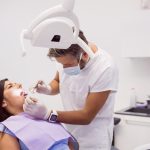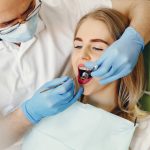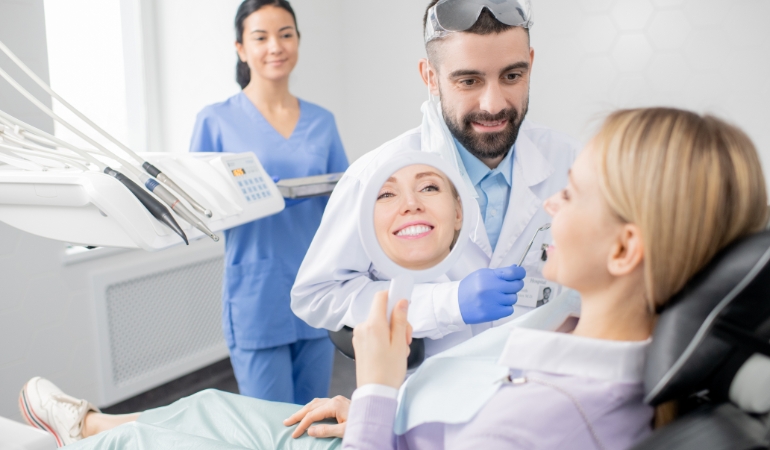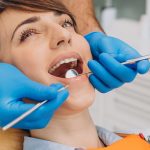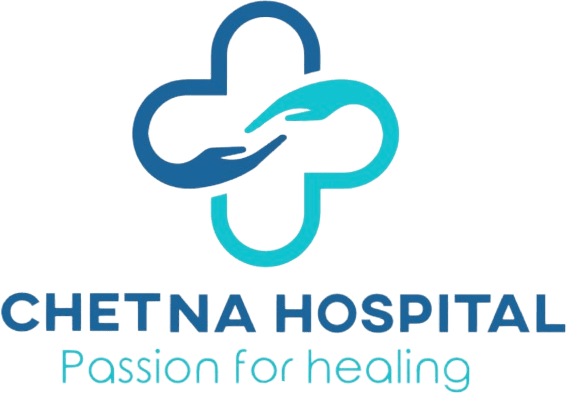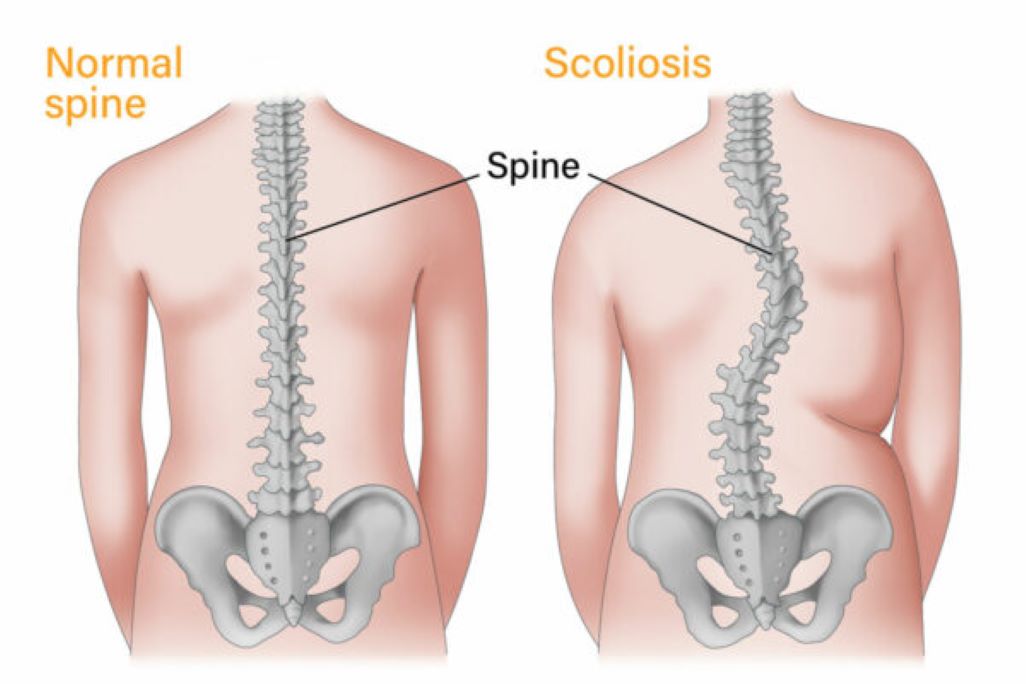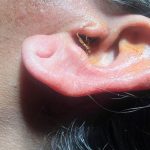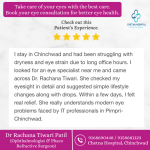Scoliosis is a medical condition that affects the alignment of the spine, causing it to curve sideways, forming an “S” or “C” shape. This condition can significantly impact posture, movement, and overall quality of life if not diagnosed and managed in time. Let’s dive into the causes, symptoms, treatments, and how timely intervention can make a difference.
What is Scoliosis?
Scoliosis is not just a cosmetic issue; it is a spinal deformity that can lead to a range of physical problems if left untreated. The condition can affect anyone, though it is most commonly diagnosed in children and adolescents during their growth spurts. The degree of curvature varies from mild to severe and can progress with age if unmanaged.
Types of Scoliosis
- Idiopathic Scoliosis: The most common type, with no definite cause. It often occurs during adolescence.
- Congenital Scoliosis: Caused by abnormal spinal development in the womb.
- Neuromuscular Scoliosis: Linked to neuromuscular conditions like cerebral palsy or muscular dystrophy.
- Degenerative Scoliosis: Often seen in adults due to spinal wear-and-tear, arthritis, or osteoporosis.
Causes and Risk Factors
While some types of scoliosis have clear causes, idiopathic scoliosis—which accounts for nearly 80% of cases—remains a mystery. Factors that may contribute include:
- Genetic predisposition.
- Muscle and nerve abnormalities.
- Hormonal changes during puberty.
- Underlying conditions affecting connective tissues.
Signs and Symptoms
Detecting scoliosis early is crucial. Key indicators include:
- Uneven shoulders or hips.
- A visibly curved spine.
- Prominence of one shoulder blade.
- Uneven waistline.
- Difficulty breathing (in severe cases).
- Chronic back pain.
If you notice these signs in yourself or a loved one, consulting a specialist is essential for accurate diagnosis and treatment planning.
Diagnosis of Scoliosis
Diagnosing scoliosis involves:
- Physical Examination: Doctors check for asymmetry in posture and conduct bending tests.
- Imaging Tests: X-rays, MRI, or CT scans provide a clear view of the spine and measure the degree of curvature.
- Scoliometer: A device used during clinical examinations to assess spinal deviation.
Treatment Options for Scoliosis
The treatment of scoliosis depends on the severity of the curvature and the individual’s age, general health, and lifestyle. Common approaches include:
- Observation: For mild cases where the curve is less than 20 degrees, regular monitoring ensures that the condition does not progress.
- Bracing: Recommended for adolescents whose spines are still growing. Braces prevent further curvature.
- Physical Therapy: Helps improve strength, posture, and flexibility, reducing discomfort and preventing progression.
- Medications: Pain relievers or anti-inflammatory drugs can help manage symptoms in some cases.
- Surgery: For severe cases (curves over 40-50 degrees), spinal fusion surgery or other advanced techniques like minimally invasive correction may be necessary to straighten the spine and alleviate symptoms.
Living with Scoliosis: Tips for Better Management
- Postural Awareness: Maintaining a good posture can alleviate strain on the spine.
- Regular Exercise: Activities like swimming, yoga, and Pilates strengthen core muscles and improve spinal alignment.
- Adequate Nutrition: Calcium and vitamin D-rich diets help maintain bone health.
- Support Systems: Joining scoliosis support groups can provide emotional encouragement and practical advice.
- Follow-Up Care: Routine check-ups ensure treatment effectiveness and monitor any changes in curvature.
Innovations in Scoliosis Treatment
Modern medical advancements offer better solutions for scoliosis. Techniques such as robotic-assisted surgery, vertebral body tethering, and growth-friendly devices like magnetic rods have revolutionized care. These innovations minimize recovery time, enhance precision, and offer better outcomes.
Why Early Detection Matters
Detecting scoliosis in its early stages is key to successful treatment. Early intervention can:
- Prevent the curve from worsening.
- Reduce the need for invasive procedures.
- Enhance quality of life by minimizing pain and improving functionality.
Chetna Multispeciality Hospital: Your Partner in Spine Health
At Chetna Multispeciality Hospital, we take a patient-centric approach to scoliosis treatment. With advanced diagnostic tools and personalized care plans, our team of orthopaedic spine specialists ensures you receive the best possible care. Whether it’s a mild curvature needing monitoring or a severe condition requiring surgery, we’re equipped to help you stand tall and live life to the fullest.
Take the First Step Toward Spinal Wellness
Your spine plays a vital role in supporting your body and enabling movement. Don’t let scoliosis hold you back from enjoying a healthy, active lifestyle. If you or a loved one experience symptoms, schedule a consultation at Chetna Multispeciality Hospital today. Our expertise and dedication are your assurance of top-quality care.



